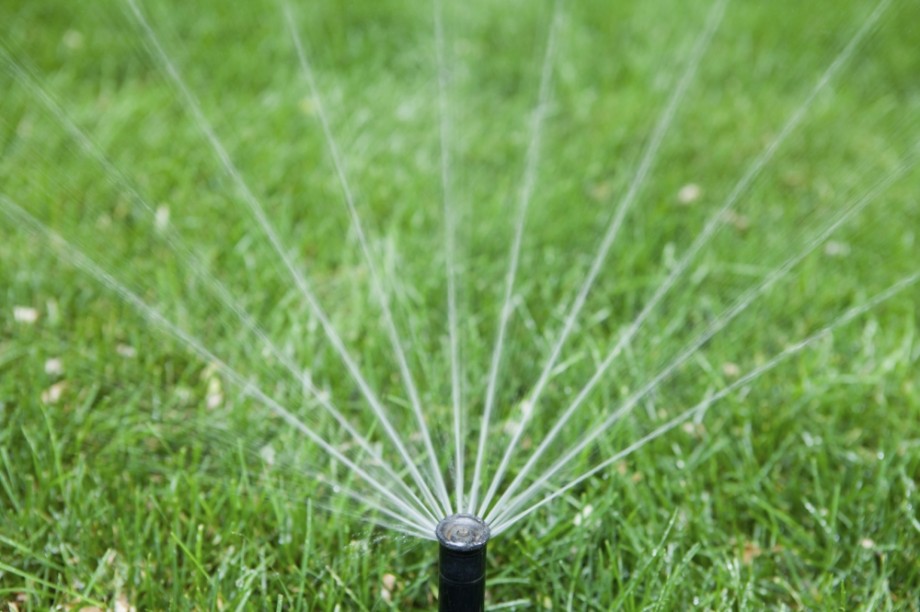 A lush, vibrant lawn is the pride of any homeowner in South Florida. With its sunny weather and ample rainfall, the region offers optimal conditions for growing beautiful grass. However, maintaining a healthy lawn in South Florida requires a tailored approach due to its unique climate and environmental factors. In this guide, we’ll explore essential tips and techniques to help you achieve and maintain a thriving lawn year-round.
A lush, vibrant lawn is the pride of any homeowner in South Florida. With its sunny weather and ample rainfall, the region offers optimal conditions for growing beautiful grass. However, maintaining a healthy lawn in South Florida requires a tailored approach due to its unique climate and environmental factors. In this guide, we’ll explore essential tips and techniques to help you achieve and maintain a thriving lawn year-round.
- Choose the Right Grass: Selecting the appropriate grass species is the foundation of a healthy lawn in South Florida. Warm-season grasses like St. Augustine, Zoysia, Bahia, and Bermuda are well-suited to the region’s tropical climate. Each grass variety has its own characteristics, such as drought tolerance, shade tolerance, and maintenance requirements. Consider factors like sunlight exposure, soil type, and foot traffic when choosing the best grass for your lawn.
- Proper Irrigation: South Florida’s frequent rainfall might give the impression that irrigation is unnecessary, but proper watering is crucial for a healthy lawn. During the dry season or periods of drought, supplement rainfall with irrigation to prevent grass from becoming stressed. Aim for deep, infrequent watering rather than shallow, frequent watering to encourage deep root growth. Install a programmable irrigation system with rain sensors to ensure efficient water usage and avoid overwatering.
- Lawn Fertilization: Fertilizing your lawn is essential for supplying it with the nutrients needed for healthy growth. Conduct a soil test to determine nutrient deficiencies and pH levels, and choose a fertilizer specifically formulated for South Florida lawns. Apply fertilizers according to recommended schedules, typically during the growing season, and avoid excessive use to prevent nutrient runoff into waterways. Consider using slow-release or organic fertilizers for sustainable lawn care practices.
- Mowing Practices: Proper mowing techniques play a significant role in maintaining a healthy lawn in South Florida. Set your mower blades to the appropriate height for your grass species, ensuring you never remove more than one-third of the grass blade length in a single mowing session. Mow regularly to keep grass at the optimal height, which varies depending on the grass type. Additionally, keep mower blades sharp to achieve clean cuts and avoid damaging the grass.
- Weed Control: Weeds can quickly invade and detract from the beauty of your lawn if left unchecked. Implement integrated weed management strategies that combine cultural, mechanical, and chemical control methods. Regularly remove weeds by hand or use tools like a hoe or weed puller for larger infestations. Apply pre-emergent herbicides during the appropriate times of the year to prevent weed seeds from germinating, and spot-treat existing weeds with post-emergent herbicides as needed.
- Pest and Disease Management: South Florida’s warm and humid climate creates favorable conditions for pests and diseases that can damage your lawn. Monitor your lawn regularly for signs of pest infestations, such as discolored patches, chewed grass blades, or insect activity. Practice cultural controls like proper watering and fertilization to promote grass health and resilience against pests and diseases. If necessary, use targeted pesticides or seek professional assistance to manage severe pest or disease outbreaks.
Maintaining a healthy lawn in South Florida requires a combination of proper lawn care practices tailored to the region’s unique climate and environmental conditions. By selecting the right grass species, and implementing effective irrigation, fertilization, mowing, weed control, and pest management techniques, you can enjoy a lush and vibrant lawn that enhances the beauty of your home year-round. Stay vigilant, proactive, and attentive to your lawn’s needs to ensure its long-term health and vitality.




